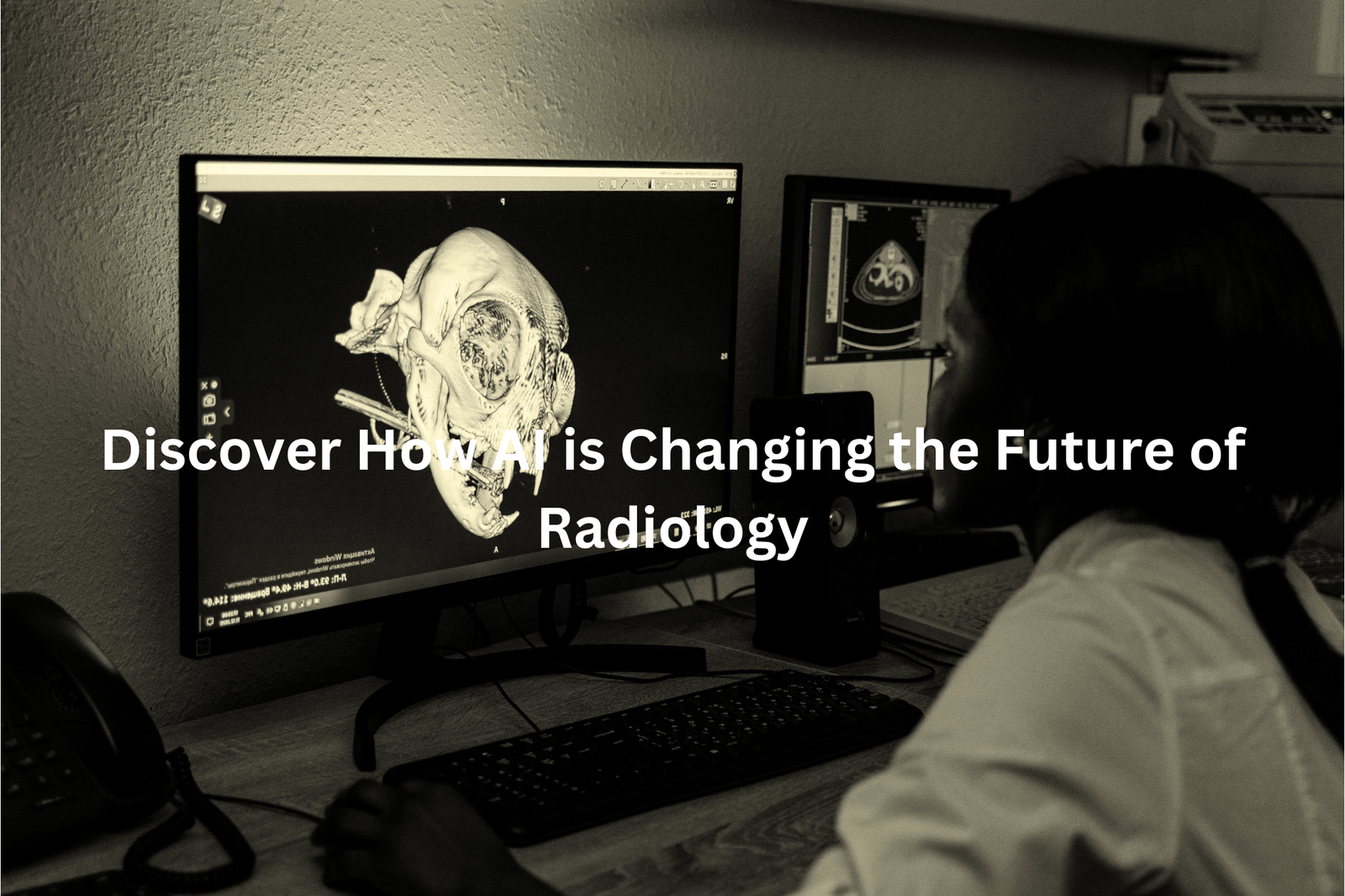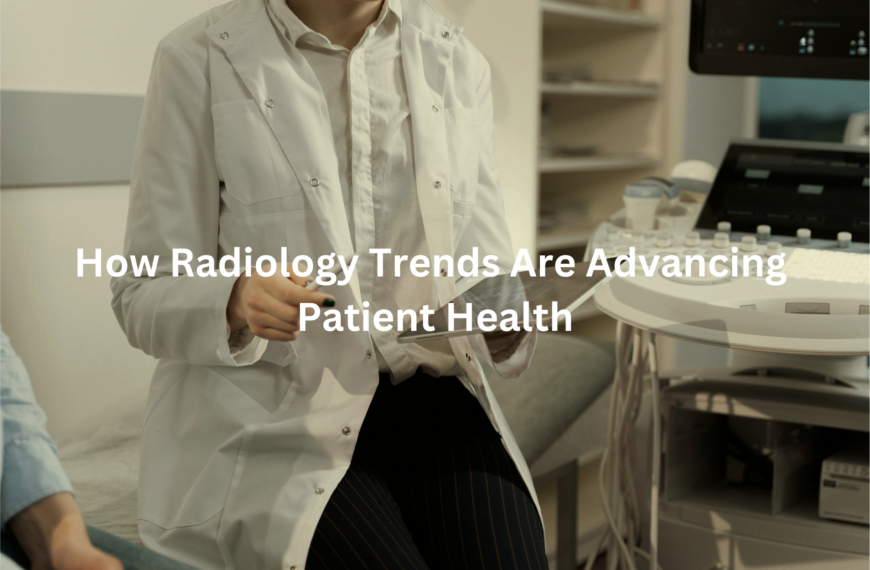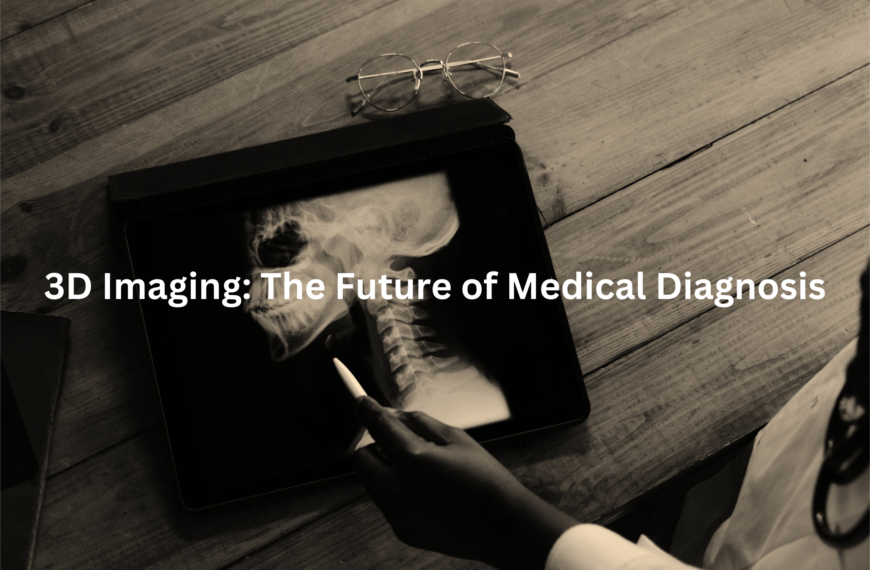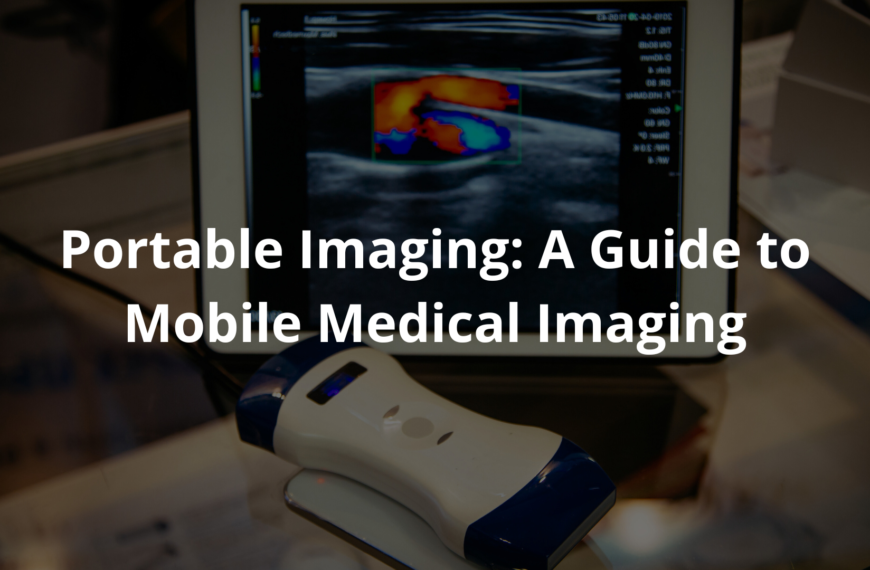AI in radiology helps doctors analyse medical images like X-rays and MRIs quickly and accurately. Read on to learn how it’s improving patient care.
Artificial Intelligence, or AI, is like a clever assistant for doctors who study medical images, like X-rays and MRIs. Picture a robot that spots issues in pictures better than many humans. That’s what AI does! It helps radiologists discover problems more quickly, which is great news for patients needing care.
This smart technology can find cracks or spots that people might miss. AI is changing radiology by making it quicker and more accurate. There’s so much more to learn about how AI is improving healthcare. Keep reading to find out how this technology is shaping the future of medicine!
Key Takeaway
- AI helps doctors find health problems quicker by analysing medical images.
- Using AI can reduce the number of images doctors have to look at, making their jobs easier.
- AI makes it possible for doctors to take care of patients more quickly, which is good for everyone.
The Role of AI in Radiology
AI is changing how radiologists work, making their jobs faster and more accurate. Radiologists, the doctors who study medical images like X-rays, often look at hundreds of pictures a day. That’s a lot! AI helps by spotting tiny details, like early signs of cancer, that might be too small or subtle for the human eye. It’s like giving doctors super vision.
These AI programs learn by studying thousands of images, becoming better at finding problems over time. This means patients can get diagnosed and treated earlier, which could save lives. AI also helps by sorting through all the images and flagging the ones that need urgent attention. In a busy hospital, this can make a big difference.
But AI isn’t replacing radiologists(1). Instead, it’s like a smart assistant, helping them work more efficiently and focus on what matters most—caring for patients. It’s a tool that keeps getting better.
Learning and Improving Over Time
AI in radiology is getting smarter every day. The more medical images it analyses, the better it becomes at spotting patterns. It’s like a radiologist gaining experience—each scan teaches it something new. Over time, this means AI can detect tiny issues, even ones that might be missed by the human eye.
For example, AI can flag early signs of cancer or heart problems in scans. Early detection is critical because it gives patients a better chance at effective treatment. It’s a bit like having an extra set of eyes that never gets tired.
Radiologists often review dozens of scans daily, which can be overwhelming. AI helps by prioritising the most urgent images, allowing doctors to focus on what’s most important(2). It’s not replacing doctors but working alongside them.
The more AI learns, the more it improves, making it a valuable tool in modern medicine. It’s helping save lives, one scan at a time.
Tele-Radiology and AI
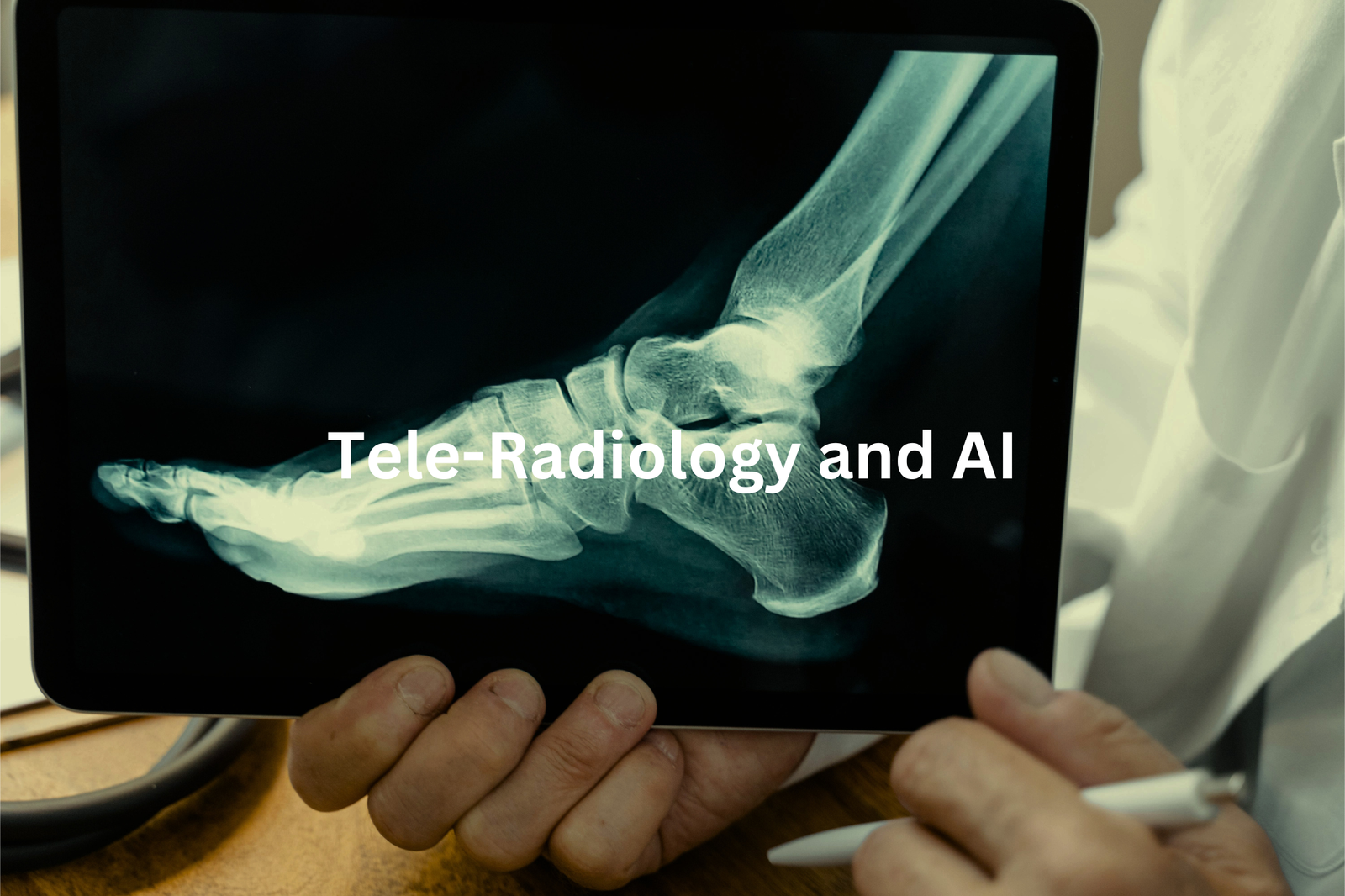
Tele-radiology is changing healthcare in Australia, especially in remote areas. Some places are so far out they don’t have enough doctors to review medical images quickly. It’s like waiting days for a letter instead of getting an instant message. That’s where AI steps in, helping doctors prioritise cases.
Here’s how it works:
- AI sorts images fast. A doctor in the outback sends an image, and AI flags the most urgent ones.
- It speeds up care. AI spots serious issues like fractures or tumours, so doctors can treat critical patients first.
- Better access. People in rural areas get care sooner, bridging the gap between small clinics and big hospitals.
It’s like having a guide helping you find what’s important in a stack of papers. For patients, whether in Sydney or the bush, AI ensures doctors focus on what matters most. It’s healthcare moving forward.
Patient-Centered Care with AI
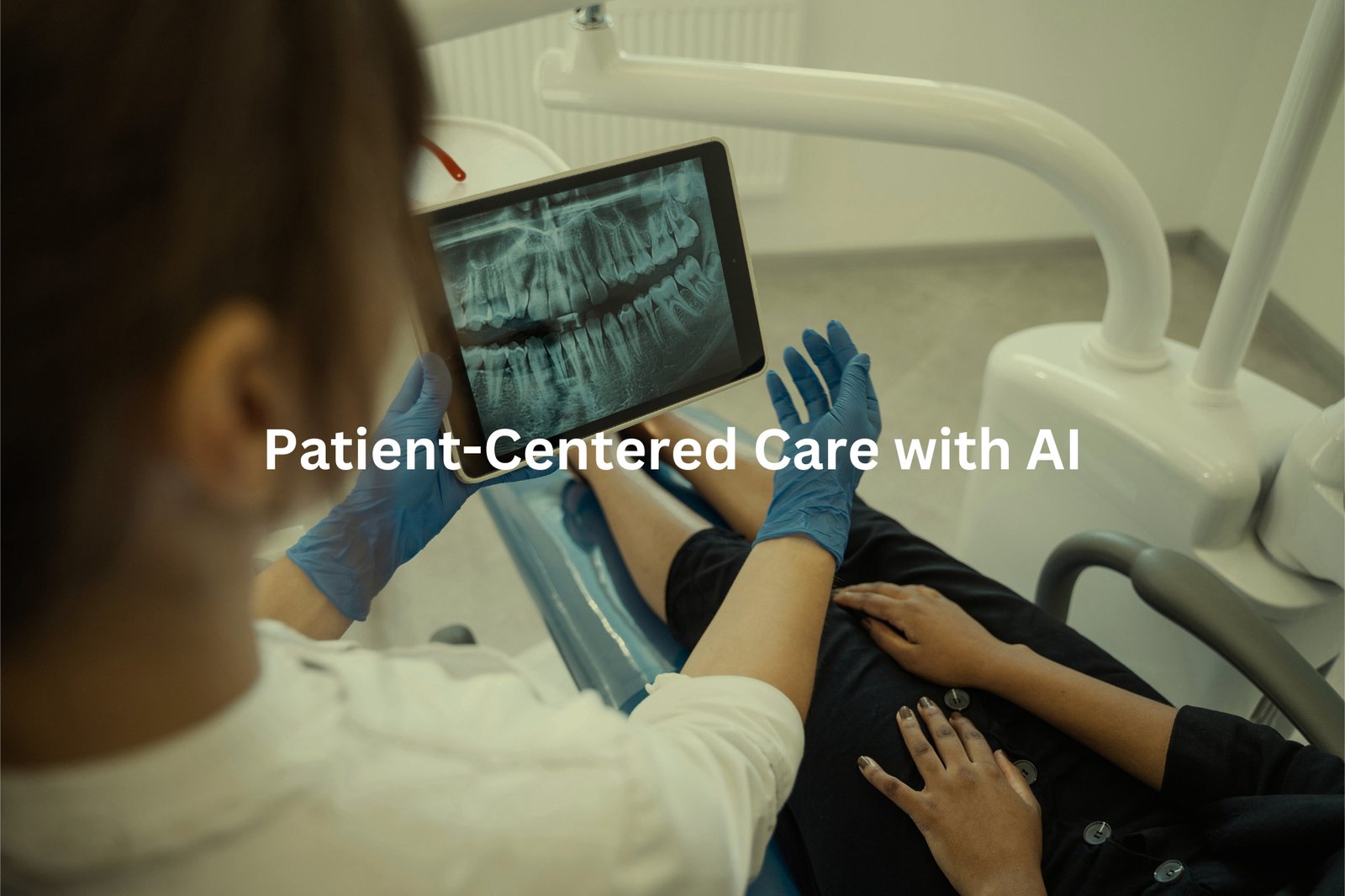
AI is changing healthcare in ways that really matter. It’s not just about doctors working faster—it’s about helping patients feel better sooner. Waiting for test results can feel endless, and it’s stressful. But AI is helping radiologists speed things up, which makes a big difference.
Here’s what’s happening:
- Faster analysis: AI helps radiologists read medical images quicker, so diagnoses come faster.
- Less stress: Shorter wait times mean less anxiety for patients.
- Better focus: With AI handling routine tasks, doctors can spend more time on complex cases.
A friend once told me about waiting days for X-ray results. He said it was awful, just sitting in worry. AI can cut that time down, so patients don’t have to go through that.
Most patients won’t see AI directly, but it’s there, working quietly to improve care. Faster answers, less stress—who wouldn’t want that?aster.
Regulatory Considerations
Sources: Emergency Focus.
AI is changing how doctors work, but there are rules to make sure it’s safe and reliable. Like anything new, it needs oversight. Doctors can’t just assume AI will always get it right. That’s why regulatory bodies exist. They check how AI performs and ensure it fits into clinical practice. The focus? Keeping patients safe.
Here’s what they do:
- Performance checks(3): AI tools are tested before being used in real hospitals. This ensures they don’t miss critical issues, like spotting a hidden tumour.
- Guidelines for doctors: With so many AI tools, doctors need clear instructions. Regulations help them use AI properly in their daily work.
- Patient safety: The main goal is protecting patients. If AI fails, it could lead to dangerous mistakes.
I once spoke to a GP who said she trusts AI because of these rules. Without them, she said, it’d be too risky to rely on..
The Future of AI in Radiology
The future of AI in radiology looks pretty exciting. Researchers are working hard to make AI smarter, helping doctors find better ways to care for patients. It could really change how radiologists do their jobs.
One big thing is reducing diagnostic errors. Sometimes doctors miss small details in scans, which can lead to problems. AI might help by spotting things that are easy to overlook. (It’s already happening in some hospitals!)
Here’s what AI could do:
- Improve accuracy: Spot tiny abnormalities that might be missed.
- Speed things up: Get results faster, so patients worry less.
- Lower errors: Help doctors make better decisions.
I spoke with a radiologist who said AI could even help doctors explain results to patients more clearly. By catching issues early, they can talk about treatment options sooner. AI won’t replace doctors, but it might make their work safer and more effective.
FAQ
How can medical imaging benefit from AI and intelligence in healthcare?
Medical imaging, such as X-rays, CT scans, and MRIs, is a critical part of healthcare. Advancements in intelligence in radiology, using neural networks and deep learning models, can help improve the workflow, efficiency, and accuracy of medical imaging. These AI-powered tools can assist human radiologists in tasks like chest X-ray analysis, natural language processing for clinical radiology reports, and enhancing image quality for better patient care.
What are the key applications of AI in the field of radiology?
AI has a growing impact on the field of radiology, with deep learning models deployed for various diagnostic tasks. These applications include assisting human radiologists in clinical decisions, automating monotonous tasks like image segmentation, and reducing interpretation error rates. AI is also transforming radiological practice by improving workflow, increasing throughput, and providing valuable insights from the complex and ever-increasing healthcare data.
What are the key applications of AI in the field of radiology?
The field of radiology is facing significant challenges, including an increase in radiology examinations, growing workload on radiologists, and the need for faster turnaround times. AI-powered tools can help address these concerns by automating certain tasks, such as image segmentation and interpretation, freeing up radiologists to focus on more complex diagnostic work. Additionally, AI can optimise workflow and reduce time loss, ultimately enhancing the overall efficiency of the radiology department.
What are the potential benefits of AI in medical imaging and diagnostic radiology?
AI has the potential to significantly improve medical imaging and diagnostic radiology. Deep learning models can assist in tasks like chest X-ray analysis, providing valuable insights to healthcare professionals. AI-powered tools can also enhance image quality, streamline workflows, and support human radiologists in making more accurate clinical decisions. By leveraging the power of AI, the field of radiology can become more efficient, accurate, and responsive to the needs of the healthcare industry.
How can AI impact the future of the radiology profession and the healthcare industry?
The integration of AI in radiology is expected to have a profound impact on the healthcare industry. AI-powered tools can help address the growing workload on radiologists, improve workflow efficiency, and enhance the accuracy of diagnostic imaging. As AI technology continues to advance, it will likely play an increasingly crucial role in supporting human radiologists and driving advancements in medical imaging and diagnostic radiology. The exponential growth of AI in healthcare presents exciting opportunities for the radiology profession and the wider medical field.
Conclusion
AI is changing how radiologists work in Australia. It helps them find issues faster and makes their work easier. With this smart technology, doctors can make better decisions about patient care. The exciting progress in AI is expected to improve the healthcare system, benefiting both doctors and patients. So, if you ever need a medical image, remember there’s a clever assistant, AI, helping human radiologists keep you safe and healthy.
References
- https://www.ranzcr.com/whats-on/news-media/ranzcrs-position-on-artificial-intelligence-in-radiology-and-radiation-oncology
- https://aci.health.nsw.gov.au/statewide-programs/critical-intelligence-unit/artificial/clinical-applications
- https://www.safetyandquality.gov.au/standards/diagnostic-imaging/diagnostic-imaging-accreditation-scheme-standards

